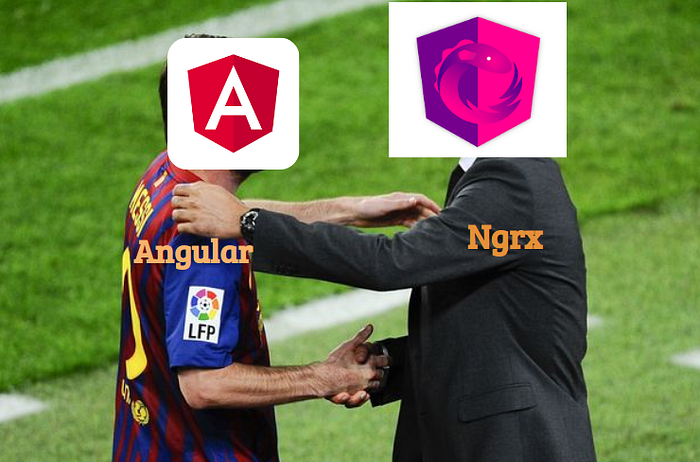Member-only story
Introduction to state management with Ngrx and Angular

What is State Management 📝
Before defining state management, let’s define what is a State
“A state is a representation of a system in a given time.”
When it comes to front-end applications, the state can be :
Types of State 📰
- Navigation State: where the currentUser and the current route with current params?
- UI State: a modal is open or not, the button submit disabled or enabled, etc...
- Application State: the kind of state that can be sued by different parts of the application like the current user is logged or not
- Network State: if there is a current process of fetching data from APIS
- Communication state: values that describe requests to other servers (such as a “loading” value)
State Management 📰:
Problem ❌ :
Nowadays, web applications are getting growth in complexity, by consequence managing tasks like (sharing data between components, networks, user actions, UI state, etc ) becomes a hard task

Solution :
Defining a way that takes care of defining the global state across all the applications with the operations to manipulate this state ( add, delete, change, etc ..) and facilitate communication and sharing of data across components
Benefits of State Management 🔥 💥 :
Applying the state management pattern to your front-end application can offer a lot of advantages and benefits :
- Centralized State: State in a store is kept in one directory. It makes it easier to foretell updates or changes to the store, and track down problems ( single source of truth ) ✔️
- Performance (Data flows in one direction) ✔️
- Applications become easier to test (more organized, State representation is easy to read, data accessible whenever we need it)✔️

